When it comes to reaching your audience on a budget, email marketing takes the lead. It’s an affordable and effective method to connect with your audience. But in today’s competitive landscape, sending emails alone isn’t enough. That’s where our Competitors Intelligence feature steps up its game. We’ve added something completely new – Competitor email strategy tracking.
The feature tracks what your competitors are doing with emails, giving you the answer on how often they’re hitting ‘send,’ when they’re doing it, and even check out what they’re saying.
Without further ado, let’s explore how you can apply industry best practices, establish essential email flows, and determine the optimal sending frequency to elevate your email strategy.
Email strategy best practices refer to the recommended and proven methods for planning, executing, and optimizing email marketing campaigns to achieve the best possible results.
These practices encompass various aspects of email marketing, including content creation, audience segmentation, timing, frequency, design, and analysis.
Using the best ways to handle emails helps businesses get more people interested, makes sure emails get delivered well, and helps them reach their marketing goals
Personalization and segmentation
Email personalization and segmentation best practices involve tailoring your email content to individual recipients and categorizing your audience into groups based on shared characteristics. Here are some key best practices for both:
Email Personalization
- Use the Recipient’s Name: Address recipients by their first name to create a more personal connection.
- Dynamic Content: Include content that dynamically changes based on recipient behavior, preferences, or demographics.
- Behavioral Triggers: Set up automated emails triggered by specific actions or behaviors, such as website visits or previous purchases.
- Personalized Recommendations: Provide personalized product or content recommendations based on the recipient’s history or preferences.
Email Segmentation
- Demographic Segmentation: Divide your audience based on demographic factors like age, gender, location, or job title.
- Behavioral Segmentation: Categorize recipients based on their interactions with your emails, website, or previous purchases.
- Engagement Levels: Segment based on the level of engagement, distinguishing between active and inactive subscribers.
- Purchase History: Tailor messages based on the recipient’s past buying behavior or preferences.
- Preferences and Interests: Allow subscribers to specify their preferences, and segment accordingly to send more relevant content.
By combining personalization and segmentation, you can create targeted and relevant email campaigns that resonate with your audience, leading to improved engagement and better results.
- Our app's tracking feature allows you to analyze how competitors segment their audience and personalize content, offering a blueprint for refining your segmentation strategy.
Mobile optimization
Optimizing your emails for mobile is non-negotiable for reaching today’s on-the-go audience. The first step is adopting a responsive design, ensuring your emails seamlessly adjust to diverse screen sizes, whether viewed on a smartphone or tablet.
Simplify the layout with a single-column design, use larger fonts for readability, and incorporate touch-friendly buttons to facilitate easy interaction.
Equally crucial is creating content with a mobile-centric mindset. Keep your messages concise, clear, and easily scannable to cater to users who prefer swift and straightforward information.
Optimize images for quicker loading, strategically place calls-to-action within the “thumb zone” for convenient one-handed navigation, and conduct thorough testing across various devices to guarantee a consistent and visually pleasing experience.
These mobile optimization practices pave the way for compelling and accessible email campaigns that resonate with your on-the-move audience.
Clear and Compelling CTAs
Creating clear and compelling Calls-to-Action (CTAs) is essential for guiding your audience to take desired actions. Start by ensuring that your CTAs use straightforward language that leaves no room for ambiguity.
Communicate the action you want the user to take, whether it’s to “Buy Now,” “Sign Up,” or “Learn More.” Keep the language concise, focusing on the most critical message to maintain clarity.
Additionally, create a sense of urgency to prompt immediate action. Incorporate words like “Now” or “Limited Time Offer” to convey a time-sensitive nature, encouraging users to act promptly.
Use contrasting colors for your CTA buttons to make them visually stand out from the rest of the content, drawing attention to the action you want your audience to take.
Moreover, consider the placement of your CTAs. Position them strategically, ensuring they are easily visible without the need for excessive scrolling.
- Analyze the effectiveness of competitors' CTAs to see what resonates with your target audience, helping you create more compelling CTAs.
Email Folows
Email flows, often referred to as email automation or drip campaigns, are a series of pre-scheduled and automated emails sent to subscribers based on specific triggers or predefined timelines.
These campaigns are designed to deliver targeted and relevant content to users at different stages of the customer journey.
Email flows can be customized to nurture leads, onboard new customers, re-engage inactive users, or deliver personalized content based on user behavior.
Welcome series
A Welcome Series in email marketing serves the purpose of warmly greeting new subscribers and introducing them to your brand. This automated sequence typically consists of 2-3 emails strategically spaced over the first week of a user’s subscription.
The primary objective is to create a positive first impression, fostering a connection between the subscriber and your brand.
The key elements of a Welcome Series include delivering a warm welcome message, sharing your brand story to provide context and authenticity, and often incorporating an introductory offer.
One effective and easy win commonly employed in this series is offering a special incentive, such as a 10% discount on the subscriber’s first order. This not only expresses gratitude for their subscription but also serves as a compelling incentive to encourage the new subscriber to make their first purchase.
Abandoment Cart Series
An Abandoned Cart email flow is strategically designed to recover potential sales from customers who have left items in their online shopping carts.
This automated sequence typically involves sending 1-3 emails, starting approximately 2 hours after the abandonment occurs. The primary goal is to remind customers of the items they’ve left behind and provide them with incentives to encourage the completion of their purchase.
Key elements of an Abandoned Cart email flow include a friendly reminder of the abandoned items, the inclusion of tempting incentives (such as discounts or free shipping) to motivate customers to finalize their purchase, and the provision of easy checkout links for a seamless and convenient process.
These elements work together to re-engage customers who may have shown interest but did not complete the transaction.
To maximize the effectiveness of this email flow, consider implementing easy wins such as sending the first email after 30 minutes of abandonment when users are still highly engaged with your products.
Subsequent emails, such as a second one after two hours, capitalize on this engagement window to increase the likelihood of recapturing the customer’s interest and completing the sale.
Re-engagement campaigns
A re-engagement email series plays a crucial role in reigniting interest among subscribers who haven’t engaged with your emails or made a purchase recently.
This automated campaign is typically structured as a series of 2-4 emails, spaced strategically over the course of a month. The primary purpose is to reconnect with these inactive subscribers and encourage them to re-engage with your brand.
Key elements of a re-engagement email series include the delivery of personalized offers tailored to the subscriber’s preferences, updates on what they’ve missed during their period of inactivity, and the provision of an option to update their preferences or opt out if they choose.
By incorporating personalized content and incentives, you aim to recapture their attention and prompt them to take action.
Optimal Email Frequency
Determining the optimal email frequency for e-commerce businesses can vary based on several factors, including your audience, industry, and the nature of your products or services. Striking the right balance is crucial to avoid overwhelming subscribers while staying top-of-mind.
A general guideline for email frequency is:
- Regular Newsletters: Once or twice a week to keep your brand top-of-mind without overwhelming subscribers.
- Promotional Campaigns: 1-2 times a month, depending on the offer and audience engagement levels.
- Transactional Emails: Send immediately following the relevant action (e.g., order confirmation, shipping updates).
A good starting point for many ecommerce businesses is 1-3 emails per week. However, it’s crucial to adapt based on your unique circumstances and continually assess performance metrics to ensure you are meeting your audience’s expectations. Regularly survey your subscribers to gather feedback on their preferences and adjust your strategy accordingly.
Track competitor emails
Lebesgue: AI CMO allows you to analyze how frequently competitors send emails— on a daily, weekly, or monthly basis—and examine the content of these emails. This insight helps in creating a strategy that resonates with your audience while staying competitive.
Discover how often competitors reach out to their audience and the timing of their emails. This information helps you identify the best days and times to send your emails, ensuring they stand out.
Also, Lebesgue offers a look into the types of content your competitors are sending. This can guide you to adjust your content strategy to better engage your audience.
Using Lebesgue’s insights, you can refine your email frequency and content, ensuring your emails are relevant, engaging, and timed for maximum impact. This strategic approach helps you maintain an optimal balance in your email marketing efforts.
Competitor Email Strategy Analysis
All in all, our app’s unique feature allows you to dive deep into your competitors’ email strategies, offering actionable insights on:
- Frequency Analysis: Understand how often your competitors are reaching out to their audience and adjust your strategy for optimal engagement.
- Day of Week Trends: Identify which days yield the highest open rates for your industry, helping you time your sends more effectively.
- Content Download: Access and analyze competitors’ email content, from promotional offers to newsletter formats, providing a wealth of ideas for your campaigns.
Furthermore, the app not only provides you with insights into your competitors’ strategies but also addresses key questions you should ask before launching email campaigns:
- How can I ensure my emails stand out in a crowded inbox? Focus on personalization, compelling subject lines, and high-quality content that delivers value to your audience. Utilizing insights from competitor analysis can also uncover gaps in their strategies that you can exploit.
- What metrics should I track to measure email marketing success? Key metrics include open rates, click-through rates (CTR), conversion rates, and unsubscribe rates. These indicators help assess the effectiveness of your email campaigns and guide optimizations.
- How often should I review and adjust my email strategy? Regularly reviewing your email strategy every quarter is advisable, taking into account performance metrics, industry trends, and insights from competitor analysis to continuously refine your approach.
Summing up
For e-commerce businesses, mastering email marketing is not just about sending emails—it’s about sending the right emails at the right time, tailored to each recipient.
By leveraging Lebesgue: AI CMO for competitor insights and adhering to e-commerce-specific best practices, your business can significantly enhance customer engagement and drive sales. Remember, the key to email marketing success lies in continuous optimization and personalization.
⭐⭐⭐⭐⭐
100+ five-star reviews on Shopify App Store
to get free advertising optimization tips and exclusive insights
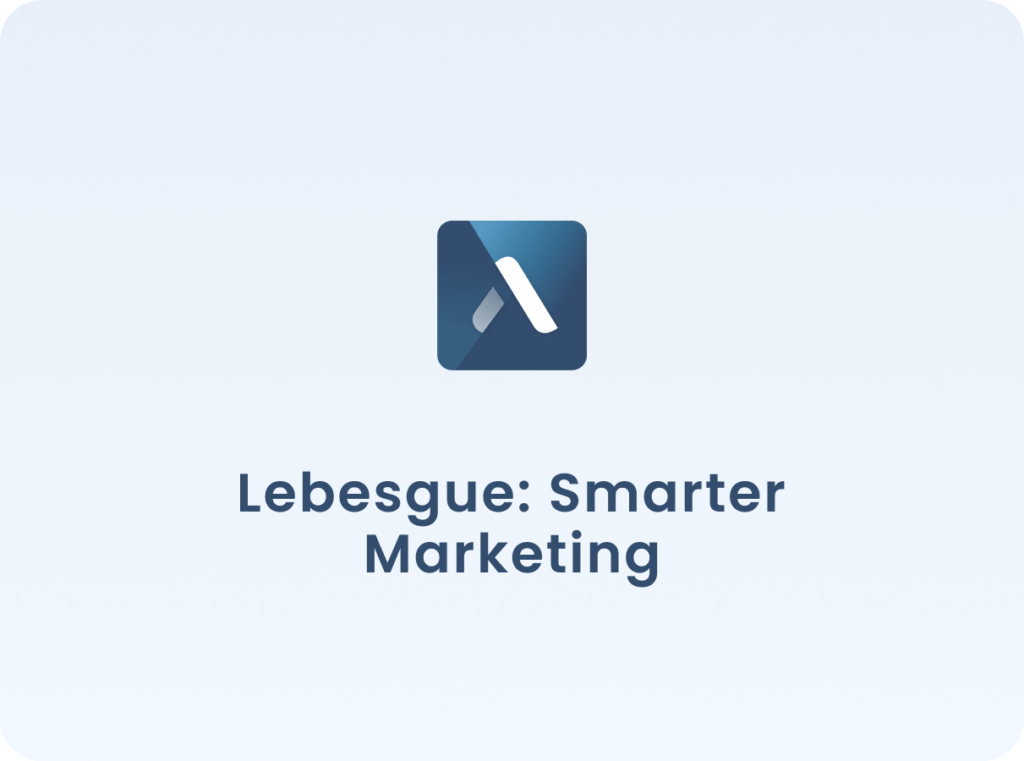
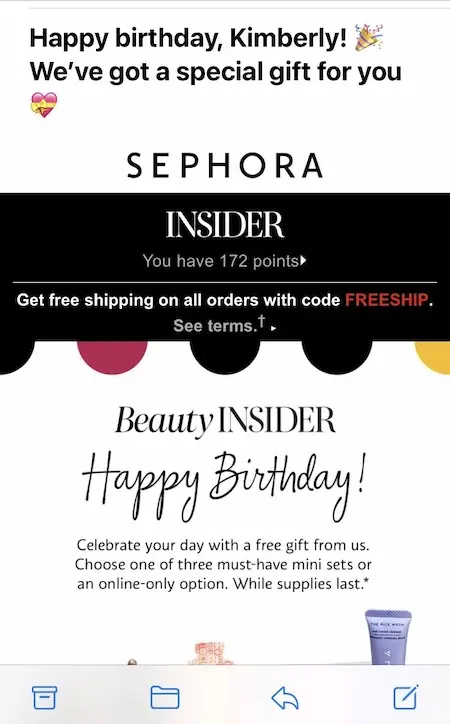

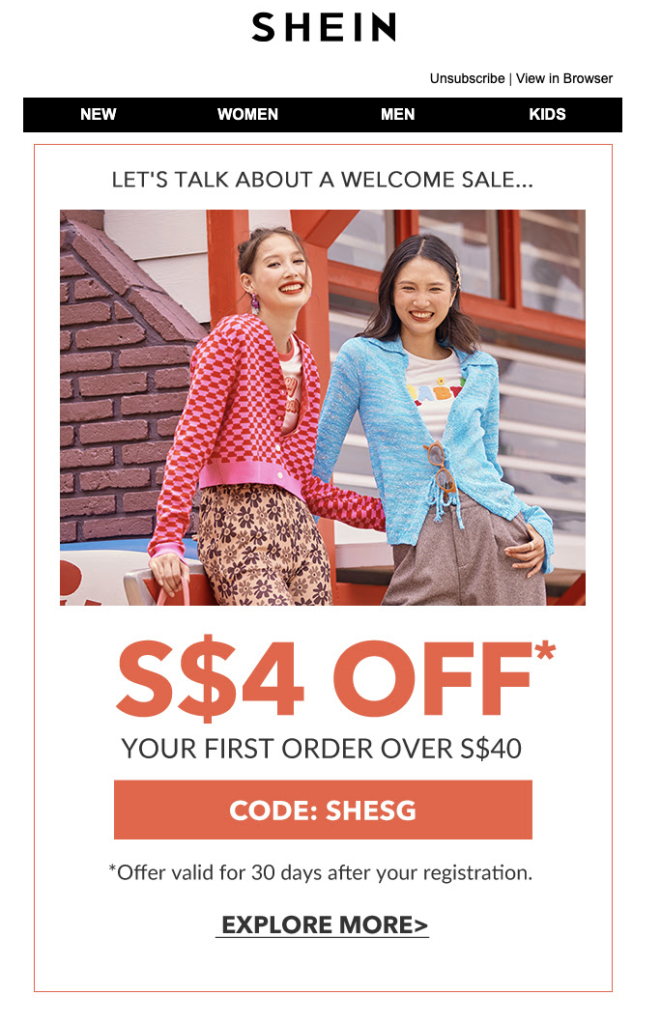
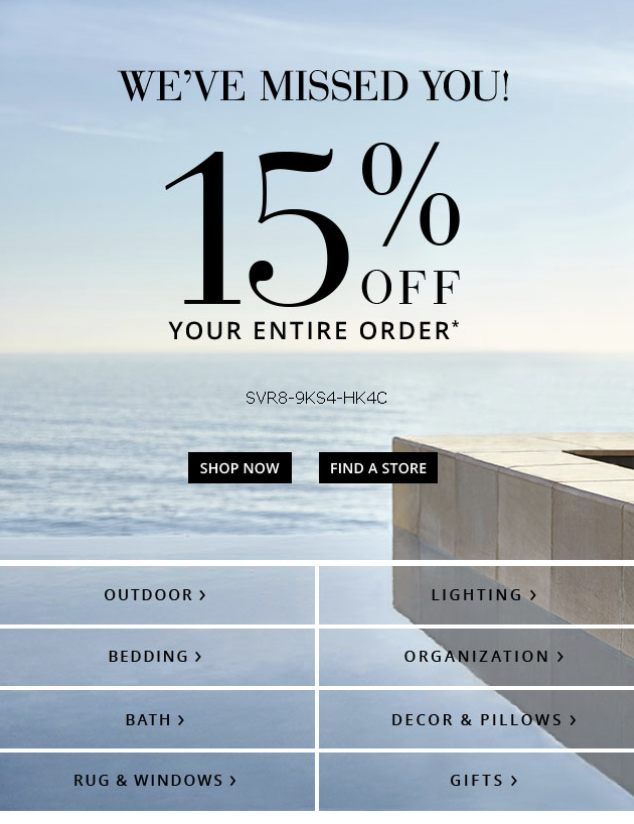


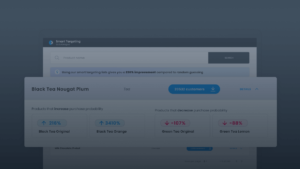
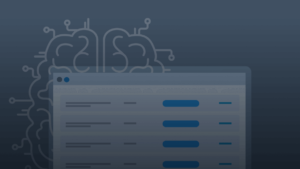
No comment yet, add your voice below!